|
|
|
HOME
|
US Navy -
ships
|
US Navy - air
units
|
USMC - air
units
|
International
Navies
|
Weapon Systems
|
Special Reports |
|
Surface Vessel Weapon System AGM / UGM / RGM-84 Harpoon (+ AGM-84E Standoff Land Attack Missile SLAM, SLAM-ER) |
 |
|
The AGM/RGM/UGM-84 Harpoon is an all-
weather, over-the-horizon, anti-ship missile system. AGM = aircraft launched / RGM = ship launched / UGM = submarine launched The Harpoon is an all-weather, over-the-horizon, anti-ship missile system, developed and manufactured by McDonnell Douglas (now Boeing Defense, Space & Security). In 2004, Boeing delivered the 7,000th Harpoon unit since the weapon's introduction in 1977. The missile system has also been further developed into a land-strike weapon, the Standoff Land Attack Missile (SLAM). The regular Harpoon uses active radar homing, and a low-level, sea-skimming cruise trajectory to improve survivability and lethality. The missile's launch platforms include: Fixed-wing aircraft (the AGM-84, without the solid-fuel rocket booster) Surface ships (the RGM-84, fitted with a solid-fuel rocket booster that detaches when expended, to allow the missile's main turbojet to maintain flight) Launching platforms (ships): Mk-141 missile launcher Mk-16 box launcher Mk-11 missile launcher Mk-13 missile launcher Submarines (the UGM-84, fitted with a solid-fuel rocket booster and encapsulated in a container to enable submerged launch through a torpedo tube); Coastal defense batteries, from which it would be fired with a solid-fuel rocket booster. Development: In 1965 the U.S. Navy began studies for a missile in the 45 km (25 nm) range class for use against surfaced submarines. The name Harpoon was assigned to the project (i.e. a harpoon to kill "whales", a naval slang term for submarines). The sinking of the Israeli destroyer Eilat in 1967 by a Soviet-built Styx anti-ship missile shocked senior United States Navy officers, who until then had not been conscious of the threat posed by anti-ship missiles. In 1970 Chief of Naval Operations Admiral Elmo Zumwalt accelerated the development of Harpoon as part of his "Project Sixty" initiative, hoping to add much needed striking power to US surface combatants. Harpoon was primarily developed for use on US Navy warships such as the Ticonderoga-class cruiser as their principal anti-ship weapon system. The Harpoon has also been adapted for carriage on several aircraft, such as the P-3 Orion, the A-6 Intruder, the S-3 Viking, the AV-8B Harrier II, and the F/A-18 Hornet and U.S. Air Force B-52H bombers. Harpoon was purchased by many American allies, including Pakistan, Japan, Singapore, South Korea, Taiwan, the United Arab Emirates and most NATO countries. It has been carried by several U.S. Air Force aircraft, including the B-52H bomber and F-16 Fighting Falcon. The Royal Australian Air Force is capable of firing AGM-84 series missiles from its F/A-18F Super Hornets, F/A-18A/B Hornets, and AP-3C Orion aircraft, and previously from the now retired F-111C/Gs. The Royal Australian Navy deploys the Harpoon on major surface combatants and in the Collins-class submarines. The Spanish Air Force and the Chilean Navy are also AGM-84D customers, and they deploy the missiles on surface ships, and F/A-18s, F-16s, and P-3 Orion aircraft. The British Royal Navy deploys the Harpoon on several types of surface ship. The Royal Canadian Navy carries Harpoon missiles on its Halifax-class frigates. The Royal New Zealand Air Force is looking at adding the capability of carrying a stand-off missile, probably Harpoon or AGM-65 Maverick, on its six P-3 Orion patrol planes once they have all been upgraded to P3K2 standard. The Republic of Singapore Air Force also operates five modified Fokker 50 Maritime Patrol Aircraft (MPA) which are fitted with the sensors needed to fire the Harpoon missile. The Pakistani Navy carries the Harpoon missile on its naval frigates and P-3C Orions. The Turkish Navy carries Harpoons on surface warships and Type 209 submarines. The Turkish Air Force will be armed with the SLAM-ER. At least 339 Harpoon missiles were sold to the Republic of China Air Force (Taiwan) for its F-16 A/B Block 20 fleet and the Taiwanese Navy, which operates four guided-missile destroyers and eight guided-missile frigates with the capability of carrying the Harpoon, including the eight former U.S. Navy Knox-class frigates and the four former USN Kidd-class destroyers which have been sold to Taiwan. The two Zwaardvis/Hai Lung submarines and 12 P-3C Orion aircraft can also use the missile. The eight Cheng Kung-class frigate, despite being based on the US Oliver Hazard Perry-class class, have Harpoon capabilities deleted from their combat systems, and funding to restore it has so far been denied. The Block 1 missiles were designated AGM/RGM/UGM-84A in US service and UGM-84B in the UK. Block 1B standard missiles were designated AGM/RGM/UGM-84C, Block 1C missiles were designated AGM/RGM/UGM-84D. Block 1 used a terminal attack mode that included a pop-up to approximately 1800m before diving on the target; Block 1B omitted the terminal pop-up; and Block 1C provided a selectable terminal attack mode. Harpoon Block 1D: This version featured a larger fuel tank and re-attack capability, but was not produced in large numbers because its intended mission (warfare with the Warsaw Pact countries of Eastern Europe) was considered to be unlikely following the events of 1991–92. Range is 278 km. Block 1D missiles were designated RGM/AGM-84F. SLAM ATA (Block 1G): This version, under development, gives the SLAM a re-attack capability, as well as an image comparison capability similar to the Tomahawk cruise missile; that is, the weapon can compare the target scene in front of it with an image stored in its on-board computer during terminal phase target acquisition and lock on (this is known as DSMAC). Block 1G missiles AGM/RGM/UGM-84G; the original SLAM-ER missiles were designated AGM-84H (2000-2002) and later ones the AGM-84K (2002 onwards). Harpoon Block 1J: Block 1J was a proposal for a further upgrade, AGM/RGM/UGM-84J Harpoon (or Harpoon 2000), for use against both ship and land targets. Harpoon Block II: In production at Boeing facilities in Saint Charles, Missouri, is the Harpoon Block II, intended to offer an expanded engagement envelope, enhanced resistance to electronic countermeasures and improved targeting. Specifically, the Harpoon was initially designed as an open-ocean weapon. The Block II missiles continue progress begun with Block IE, and the Block II missile provides the Harpoon with a littoral-water anti-ship capability. The key improvements of the Harpoon Block II are obtained by incorporating the inertial measurement unit from the Joint Direct Attack Munition program, and the software, computer, Global Positioning System (GPS)/inertial navigation system and GPS antenna/receiver from the SLAM Expanded Response (SLAM-ER), an upgrade to the SLAM. The US Navy awarded a $120 million contract to Boeing in July 2011 for the production of about 60 Block II Harpoon missiles, including missiles for 6 foreign militaries. Boeing lists 30 foreign navies as Block II customers. India acquired 24 Harpoon Block II missiles to arm its maritime strike Jaguar fighters in a deal worth $170 million through the Foreign Military Sales system. In December 2010, the Defense Security Cooperation Agency (DSCA) notified U.S. Congress of a possible sale of 21 additional AGM-84L HARPOON Block II Missiles and associated equipment, parts and logistical support for a complete package worth approximately $200 million; the Indian government intends to use these missiles on its Indian Navy P-8I Neptune maritime patrol aircraft. Indian Navy is also planning to upgrade the fleet of four submarines - Shishumar class submarine - with tube-launched Harpoon missiles. On 18 November 2015, the U.S. Navy tested the AGM-84N Harpoon Block II+ missile against a moving ship target. The Block II+ incorporates an improved GPS guidance kit and a net-enabled data-link that allows the missile to receive in-flight targeting updates. The Block II+ is planned to enter service in 2017. Harpoon Block III: Harpoon Block III was intended to be an upgrade package to the existing USN Block 1C missiles and Command Launch Systems (CLS) for guided-missile cruisers, guided-missile destroyers, and the F/A-18E/F Super Hornet fighter aircraft. After experiencing an increase in the scope of required government ship integration, test and evaluation, and a delay in development of a data-link, the Harpoon Block III program was canceled by the U.S. Navy in April 2009. Harpoon Next Generation: In April 2015, Boeing unveiled a modified version of the RGM-84 it calls the Harpoon Next Generation. It increases the ship-launched Harpoon missile's range from the Block II's 70 nmi (81 mi; 130 km) to 130 nmi (150 mi; 240 km), along with a new lighter 300 lb (140 kg) warhead a more fuel-efficient engine with electronic fuel controls. Boeing is offering the missile as the U.S. Navy's Littoral Combat Ship frigate upgrade over-the-horizon anti-ship missile as a cost-effective missile upgrade option; complete Next Gen Harpoons would cost approximately as much as a Block II at $1.2 million each, with upgrades for an existing missile costing half that. The Harpoon Next Generation will likely compete against the Kongsberg/Raytheon Naval Strike Missile and could be ready for service by 2017. Operational history: In 1981 and 1982 there were two accidental launches of Harpoon missiles: one by the USN and the other by the Danish Navy, which destroyed and damaged buildings in the recreational housing area Lumsås. The Danish missile was later known as the hovsa-missile (hovsa being the Danish term for oops). In November 1980 during Operation Morvarid Iranian missile boats attacked and sank two Iraqi Osa-class missile boats; one of the weapons used was the Harpoon missile. In 1986, the United States Navy sank at least two Libyan patrol boats in the Gulf of Sidra. Two Harpoon missiles were launched from the USS Yorktown with no confirmed results and several others from A-6 Intruder aircraft that were said to have hit their targets. Initial reports claimed that the USS Yorktown scored hits on a patrol boat, but action reports indicated that the target may have been a false one and that no ships were hit by those missiles. In 1988, Harpoon missiles were used to sink the Iranian frigate Sahand during Operation Praying Mantis. Another was fired at the Kaman-class missile boat Joshan, but failed to strike because the fast attack craft had already been mostly sunk by RIM-66 Standard missiles. An Iranian-owned Harpoon missile was also fired at the guided missile cruiser USS Wainwright. The missile was successfully lured away by chaff. In December 1988, a Harpoon launched by an F/A-18 Hornet fighter from the aircraft carrier USS Constellation killed one sailor when it struck the merchant ship Jagvivek, a 250 ft (76 m) long Indian-owned ship, during an exercise at the Pacific Missile Range near Kauai, Hawaii. A Notice to Mariners had been issued warning of the danger, but Jagvivek left port before receiving the communication and subsequently strayed into the test range area, and the Harpoon missile, loaded just with an inert dummy warhead, locked onto it instead of its intended target. In June 2009, it was reported by an American newspaper, citing unnamed officials from the Obama administration and the U.S. Congress, that the American government had accused Pakistan of illegally modifying some older Harpoon missiles to strike land targets. Pakistani officials denied this and they claimed that the US was referring to a new Pakistani-designed missile. Some international experts were also reported to be skeptical of the accusations. Robert Hewson, editor of Jane's Air Launched Weapons, pointed out that the Harpoon is not suitable for the land-attack role due to deficiency in range. He also stated that Pakistan was already armed with more sophisticated missiles of Pakistani or Chinese design and, therefore, "beyond the need to reverse-engineer old US kit." Hewson offered that the missile tested by Pakistan was part of an undertaking to develop conventionally armed missiles, capable of being air- or surface-launched, to counter its rival India's missile arsenal. It was later stated that Pakistan and the US administration had reached some sort of agreement allowing US officials to inspect Pakistan's inventory of Harpoon missiles, and the issue had been resolved. Operators: US Air Force, US Navy Australia (Navy, Air Force) / Belgium (Navy) / Brazil (Air Force) / Canada (Navy, Air Force) / Chile (Navy, Air Force) / Denmark (Navy) / Egypt (Navy, Air Force) / Germany (Navy) / Greece (Navy) / Israel (Navy, Air Force) / India (Navy, Air Force) / Japan (Navy) / Republic of Korea (Navy, Air Force) / Malaysia (Air Force) / Mexico (Navy) / Netherlands (Navy) / Pakistan (Navy) / Poland (Navy) / Portugal (Navy) / Saudi Arabia (Navy) / Singapore (Navy, Air Force) / Spain (Navy, Air Force) / Taiwan (Navy, Air Force) / Thailand (Navy) / Turkey (Navy, Air Force) / United Kingdom (Navy) General characteristics: Primary function: Air-, surface-, or submarine-launched anti-surface (anti-ship) missile Contractor: McDonnell Douglas (now Boeing) Power plant: Teledyne CAE J402 turbojet, 660 lb (300 kg)-force (2.9 kN) thrust, and a solid-propellant booster for surface and submarine launches Length: Air-launched: 3.8 metres (12 ft) / Surface and submarine-launched: 4.6 metres (15 ft) Weight: Air-launched: 519 kilograms (1,144 lb) / Submarine or ship launched from box or canister launcher: 628 kilograms (1,385 lb) Diameter: 340 millimetres (13 in) Wing span: 914 millimetres (36.0 in) Maximum altitude: 910 metres (2,990 ft) with booster fins and wings Range: Over-the-horizon (approx 50 nautical miles) AGM-84D (Block 1C): 220 km (120 nmi) RGM/UGM-84D (Block 1C): 140 km (75 nmi) AGM-84E (Block 1E): 93 km (50 nmi) AGM-84F (Block 1D): 315 km (170 nmi) RGM-84F (Block 1D): 278 km (150 nmi). RGM/AGM-84L (Block 2): 278 km (150 nmi) AGM-84H/K (Block 1G / Block 1J): 280 km (150 nmi) Speed: High subsonic, around 850 km/h (460 knots, 240 m/s, or 530 mph) Guidance: Sea-skimming cruise monitored by radar altimeter, active radar terminal homing Warhead: 221 kilograms (487 lb), penetration high-explosive blast Unit cost: US$1,527,416 Date deployed: Ship-launched (RGM-84A): 1977 Air-launched (AGM-84A): 1979 Submarine-launched (UGM-84A): 1981 SLAM (AGM-84E): 1990 SLAM-ER (AGM-84H): 1998 (delivery); 2000 (initial operational capability (IOC)) SLAM-ER ATA (AGM-84K): 2002 (IOC) - - - SLAM / SLAM-ER: The AGM-84E Standoff Land Attack Missile (SLAM) was a subsonic, over-the-horizon air-launched cruise missile that was developed by Boeing Integrated Defense Systems from the McDonnell Douglas Harpoon antiship missile. The SLAM was designed to provide all-weather, day and night, precision attack capabilities against stationary high-value targets. Except for new technologies in the guidance and seeker sections, which included a Global Positioning System receiver, a Walleye optical guidance system, and a newly developed Maverick missile datalink, all of the missile hardware came directly from the Harpoon missile. The SLAM is also equipped with a Tomahawk missile warhead for better destructive force. SLAM missile uses an inertial navigation system, which is supplemented by Global Positioning System (GPS) input, and it also uses Infrared homing terminal guidance. Developed in only 48 months to meet the emergency requirements of the Persian Gulf War, a number of SLAMs were successfully employed during that war, when it struck Iraqi coastal targets. Also, the SLAM was used successfully in F/A-18 Hornet and A-6 Intruder air strikes during Operation Desert Storm even before official operational testing of the new missile had begun. The SLAM was also used during United Nations air raids in Bosnia before "Operation Joint Endeavor". In the year 2000, the SLAM was replaced in service by the AGM-84H SLAM-ER (Standoff Land Attack Missile Expanded Response), which had numerous new capabilities including increased target penetration and nearly twice the range of the older AGM-84E SLAM. - - - The AGM-84H/K SLAM-ER (Standoff Land Attack Missile-Expanded Response) is a precision-guided, air-launched cruise missile produced by Boeing Defense, Space & Security for the United States Armed Forces and their allies. Developed from the AGM-84E SLAM (Standoff Land Attack Missile) (itself developed by Boeing Integrated Defense Systems from the McDonnell Douglas Harpoon antiship missile), the SLAM-ER is capable of attacking land and sea targets at medium-to-long-ranges (155 nautical miles/250 km maximum). The SLAM-ER relies on the Global Positioning System (GPS) and infrared imaging for its navigation and control, and it can strike both moving and stationary targets. The SLAM-ER, can be remotely controlled while in flight, and it can be redirected to another target after launch if the original target has already been destroyed, or is no longer considered to be dangerous (command guidance). The SLAM-ER is a very accurate weapon, as of 2009 it had the best circular error probable (CEP) of any missile used by the U.S. Navy. source: wikipedia (2015) |
|
images |
 RGM-84 Harpoon missile was fired from a Mk-141 launcher aboard HMAS Warramunga (FFH 152) 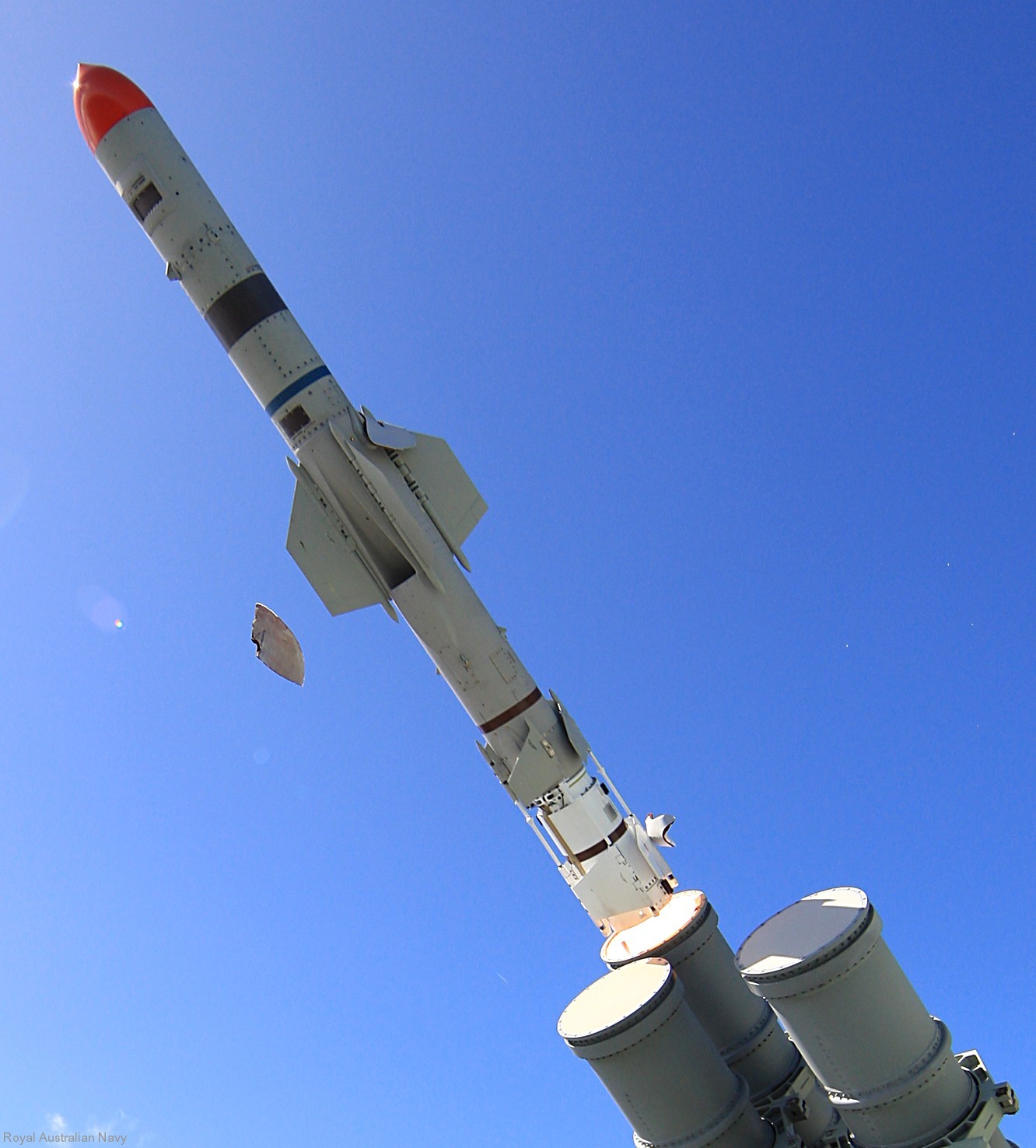 RGM-84 Harpoon missile was fired from a Mk-141 launcher aboard HMAS Warramunga (FFH 152)  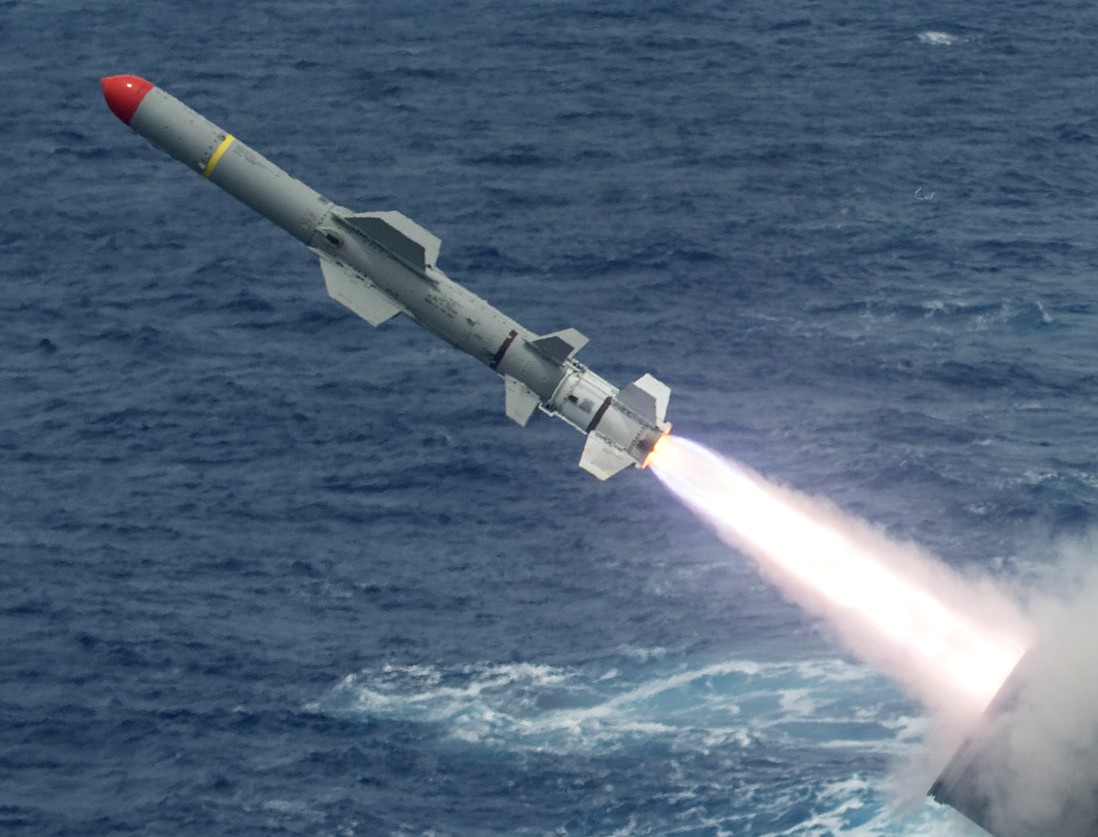 RGM-84 Harpoon missile was fired from a Mk-141 launcher aboard USS Shiloh (CG 67) 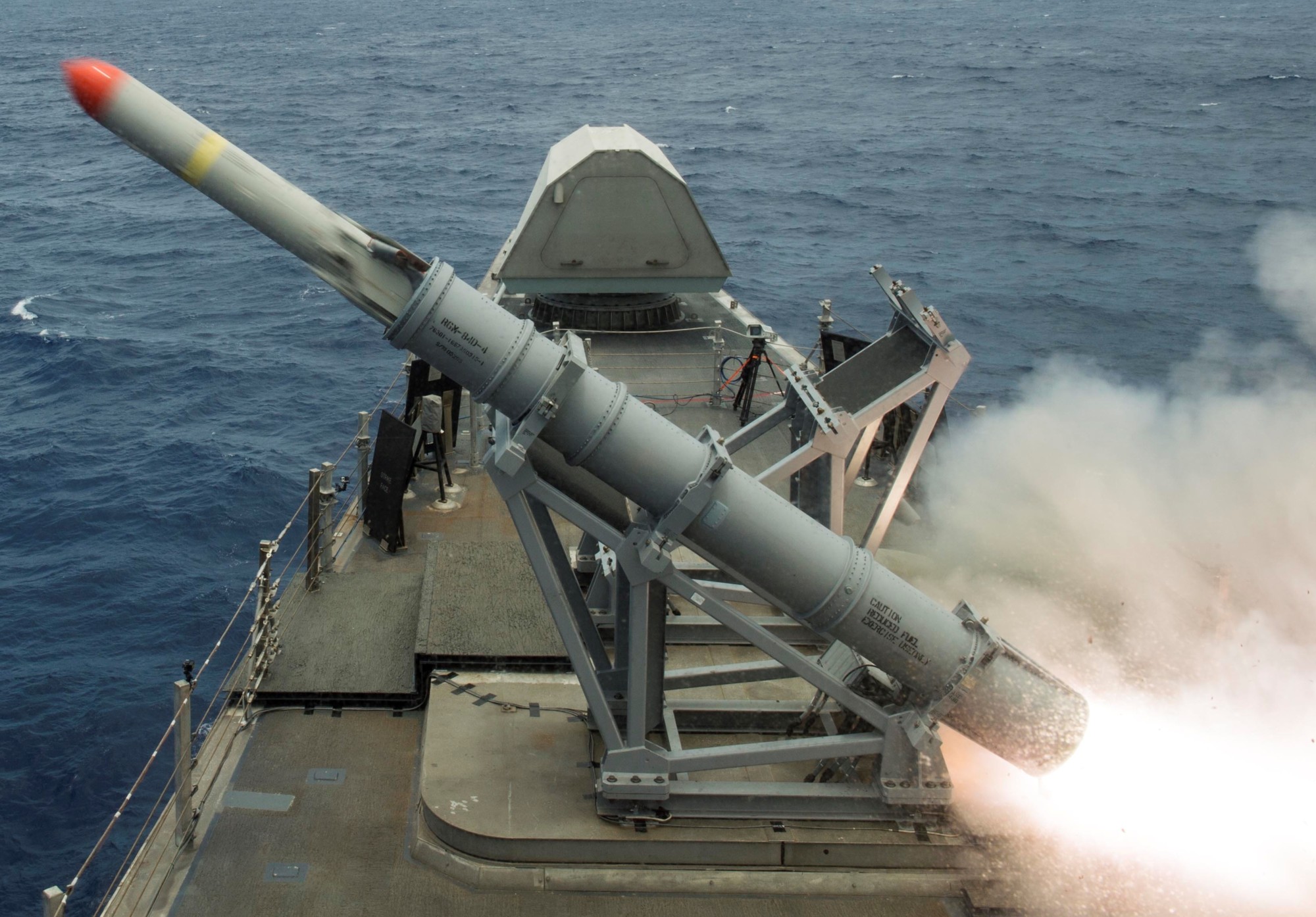 RGM-84 Harpoon missile was fired from a Mk-141 launcher aboard USS Coronado (LCS 4) 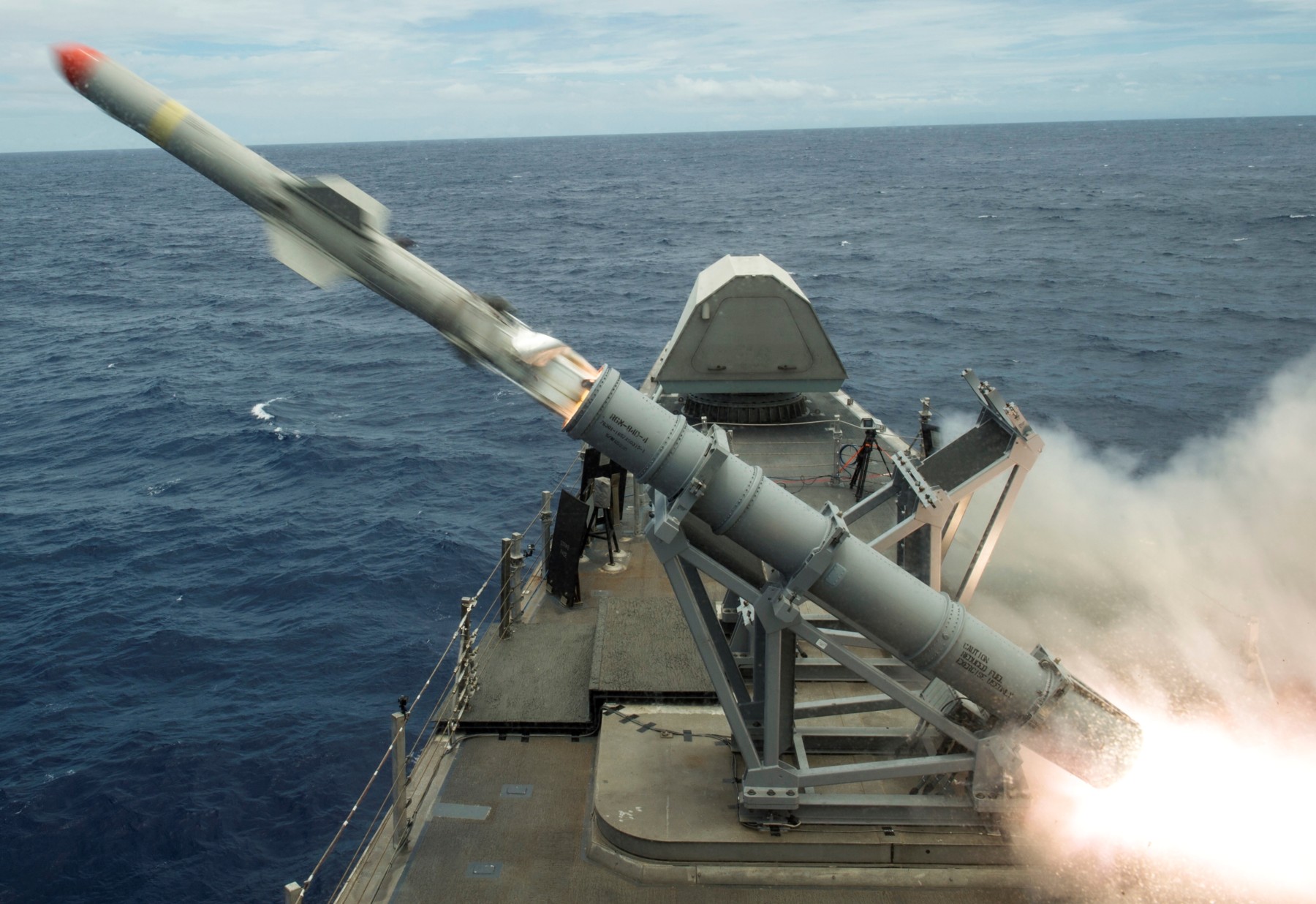 RGM-84 Harpoon missile was fired from a Mk-141 launcher aboard USS Coronado (LCS 4) 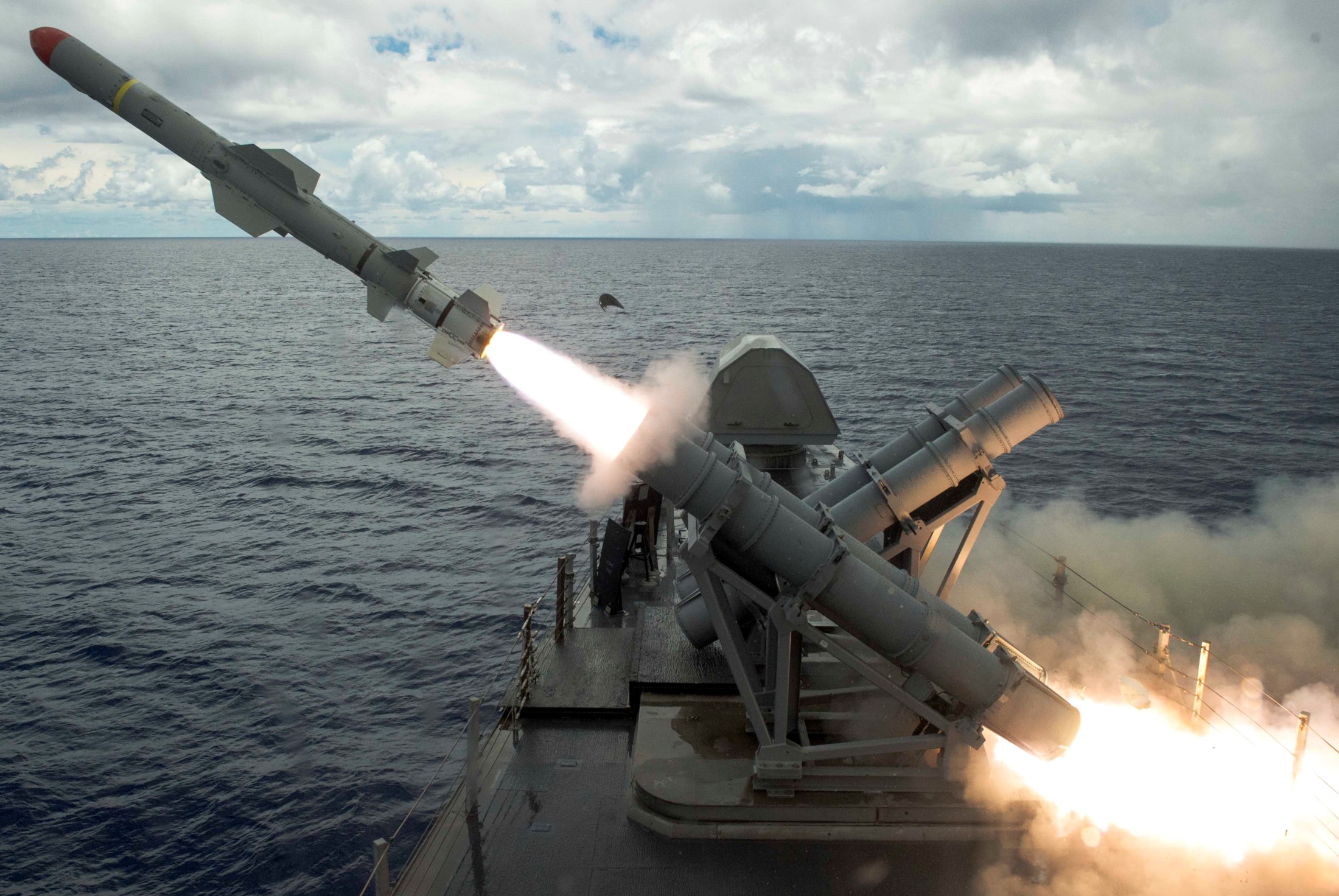 RGM-84 Harpoon missile was fired from a Mk-141 launcher aboard USS Coronado (LCS 4) 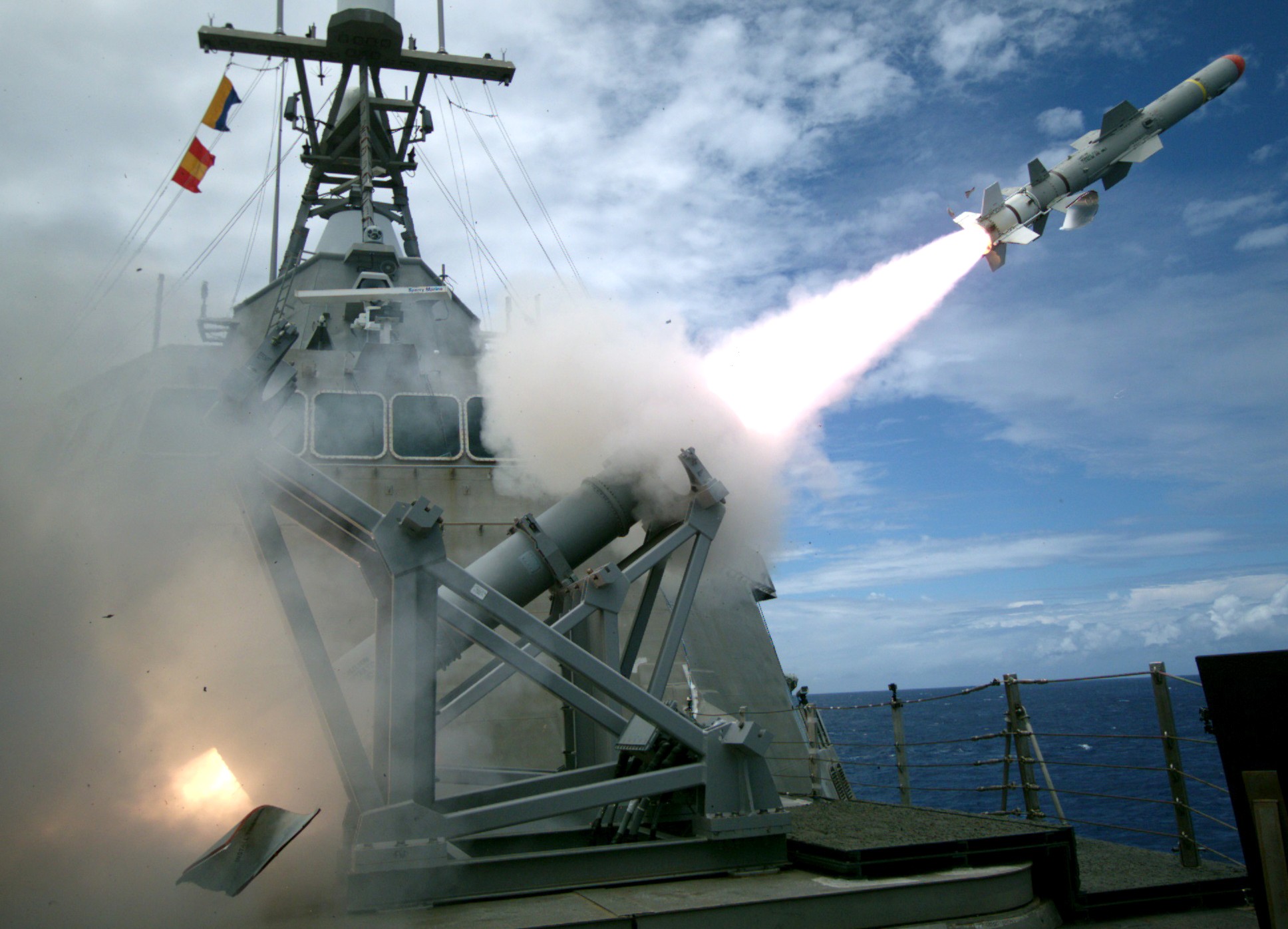 RGM-84 Harpoon missile was fired from a Mk-141 launcher aboard USS Coronado (LCS 4)  RGM-84 Harpoon missile was fired from a Mk-141 launcher aboard USS Cowpens (CG 63)  RGM-84 Harpoon missile was fired from a Mk-141 launcher aboard USS Leahy (CG 16)  RGM-84 Harpoon missile was fired from a Mk-141 launcher aboard USS Fletcher (DD 992)  RGM-84 Harpoon missile was fired from a Mk-141 launcher aboard USS Thorn (DD 988)  RGM-84 Harpoon missile was fired from a Mk-141 launcher aboard USS Leahy (CG 16)  RGM-84 Harpoon missile was fired from a Mk-16 box launcher aboard USS Badger (FF 1071)  RGM-84 Harpoon on a Mk-11 missile launcher aboard USS Lawrence (DDG 4)  RGM-84 Harpoon on a Mk-13 missile launcher aboard USS Goldsborough (DDG 20)  RGM-84 Harpoon on a Mk-13 missile launcher aboard USS Goldsborough (DDG 20)  RGM-84 Harpoon was launched from a Mk-11 missile launcher aboard USS Lawrence (DDG 4)  RGM-84 Harpoon was launched from a Mk-11 missile launcher aboard USS Lawrence (DDG 4)  RGM-84 Harpoon was launched from a Mk-11 missile launcher aboard USS Lawrence (DDG 4)  RGM-84 Harpoon missile was fired from USS Barney (DDG 6)  UGM-84 Harpoon was launched from a Submarine  AGM-84 Harpoon missile on a S-3 Viking of Sea Control Squadron 31 (VS-31) 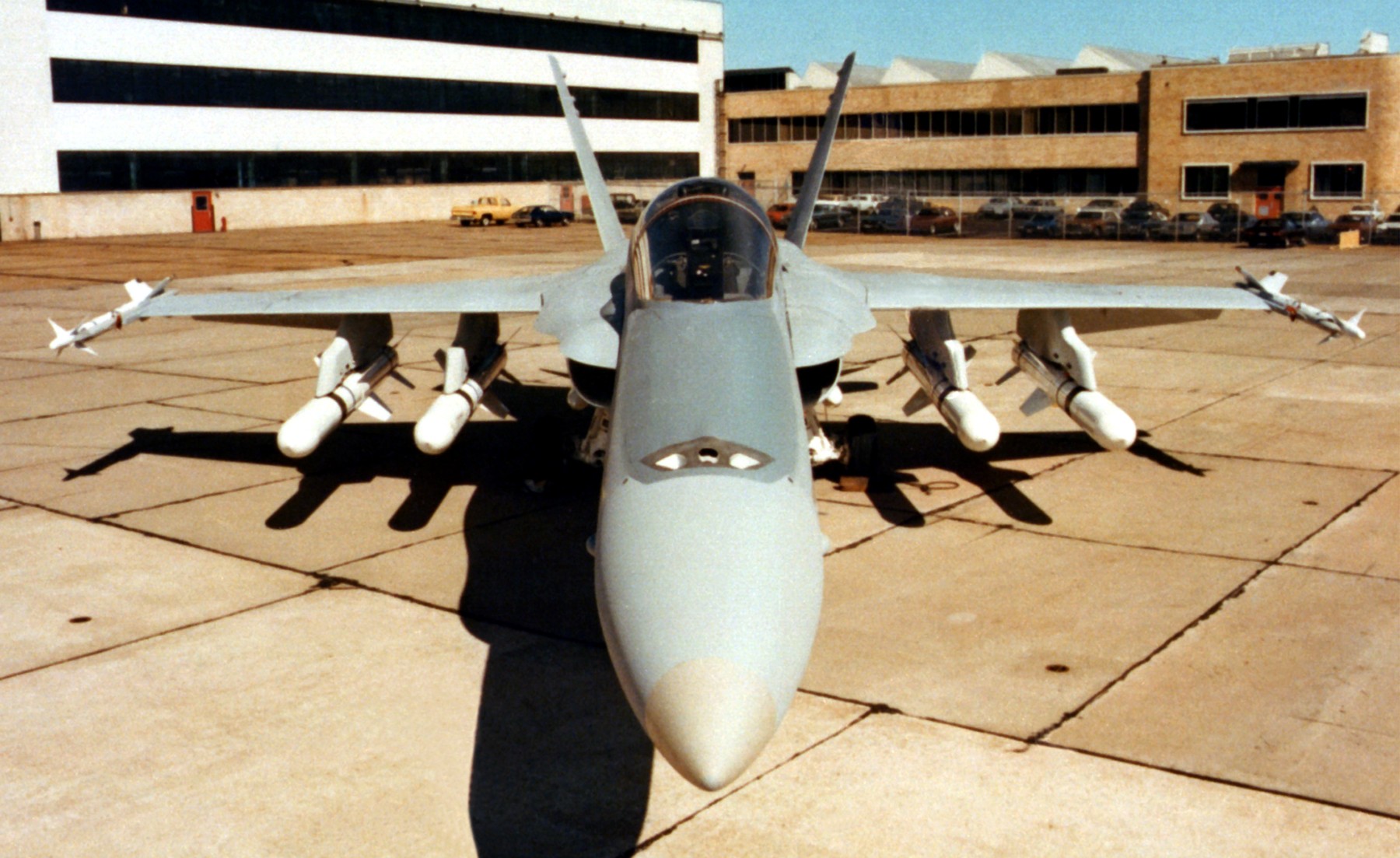 F/A-18 Hornet aircraft was armed with four AGM-84 Harpoon SSM missiles  AGM-84E SLAM was loaded on a F/A-18 Hornet aircraft 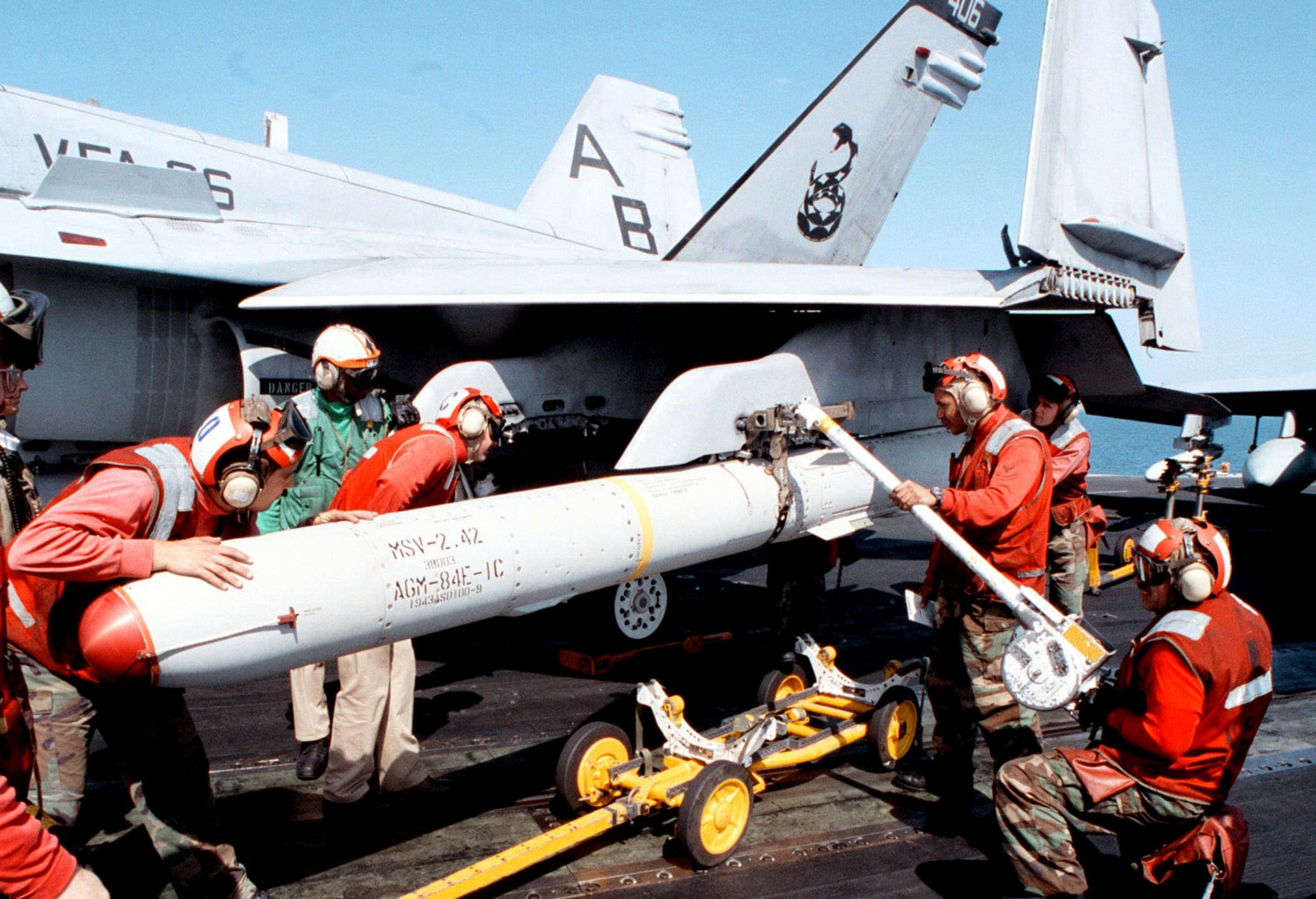 AGM-84E SLAM was loaded on a F/A-18C Hornet of VFA-86  AGM-84 Harpoon missiles on an USAF F-16 Fighting Falcon 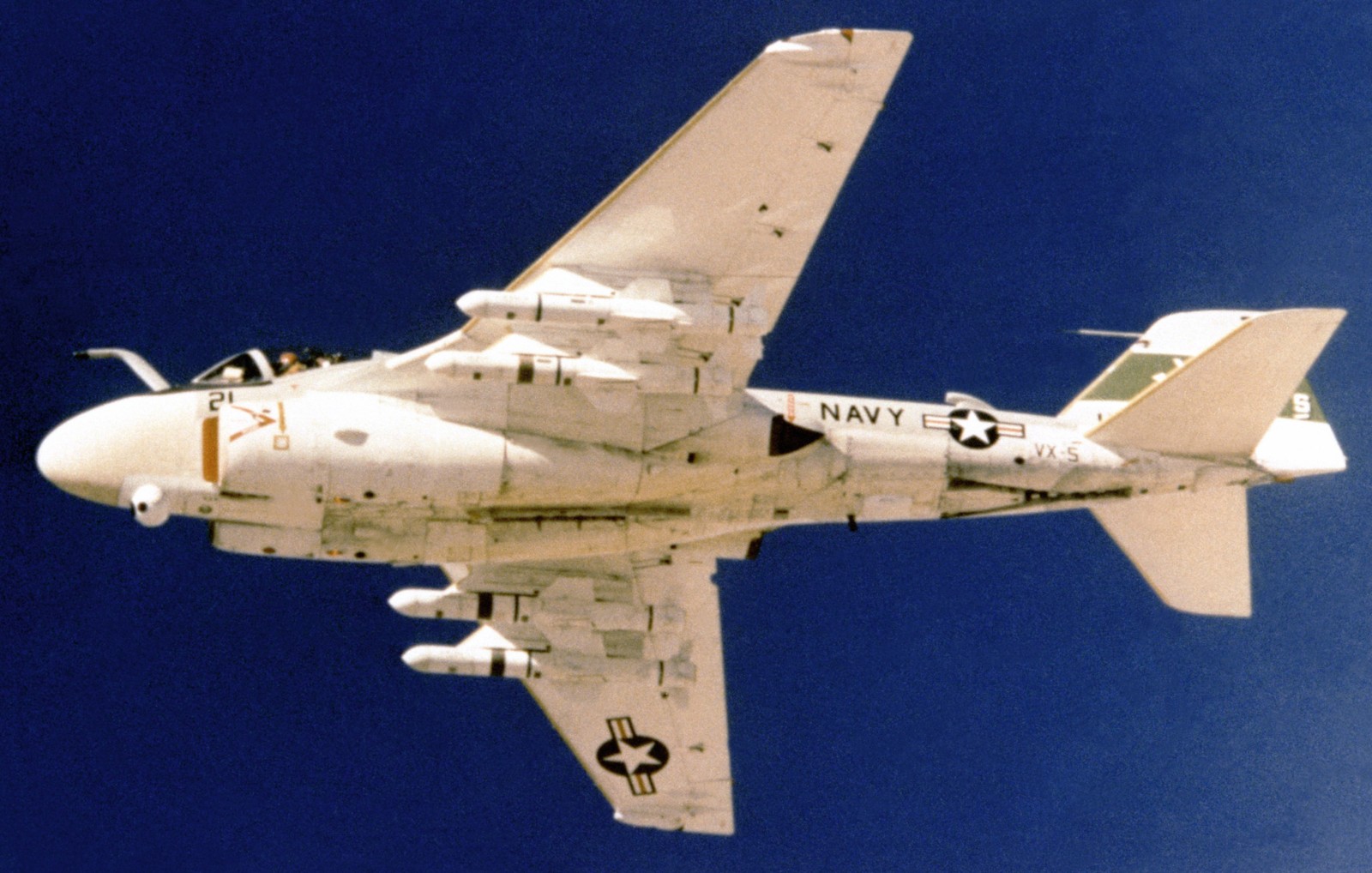 AGM-84 Harpoon missiles on an A-6 Intruder 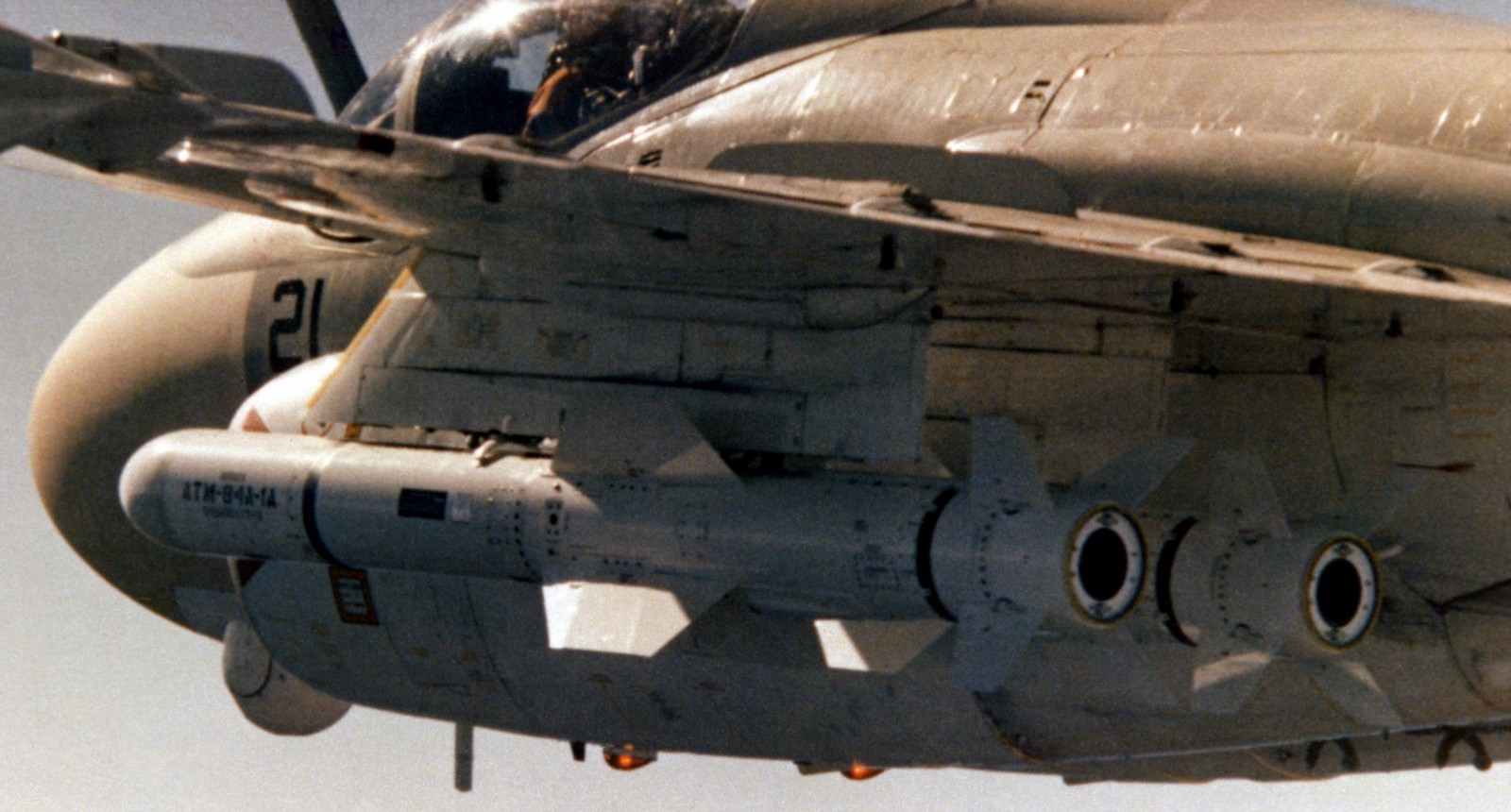 ATM-84 Harpoon training missiles on an A-6 Intruder  ATM-84 Harpoon training missile on an A-4 Skyhawk  ATM-84 Harpoon training missile on an A-4 Skyhawk 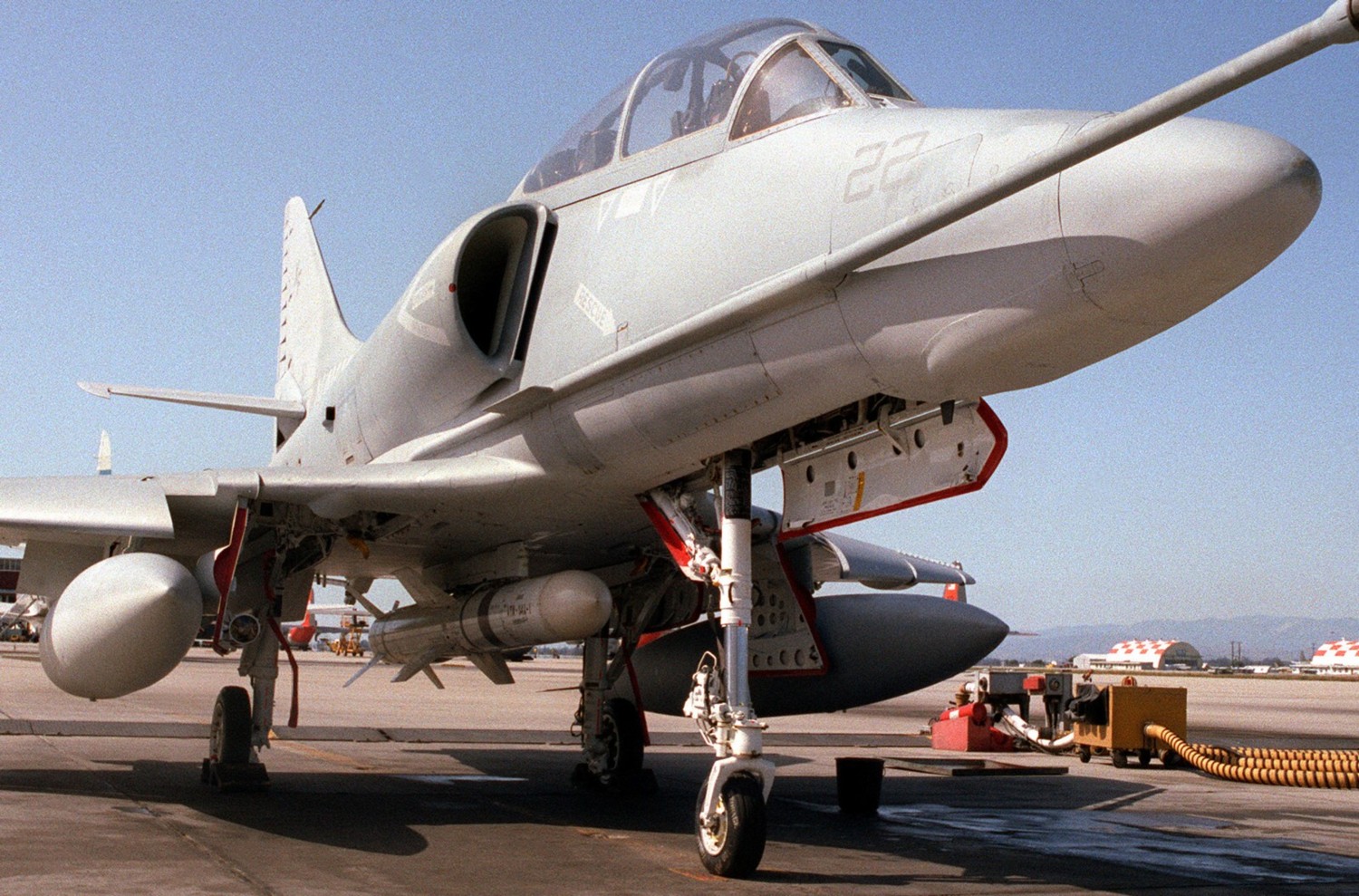 ATM-84 Harpoon training missile on an A-4 Skyhawk 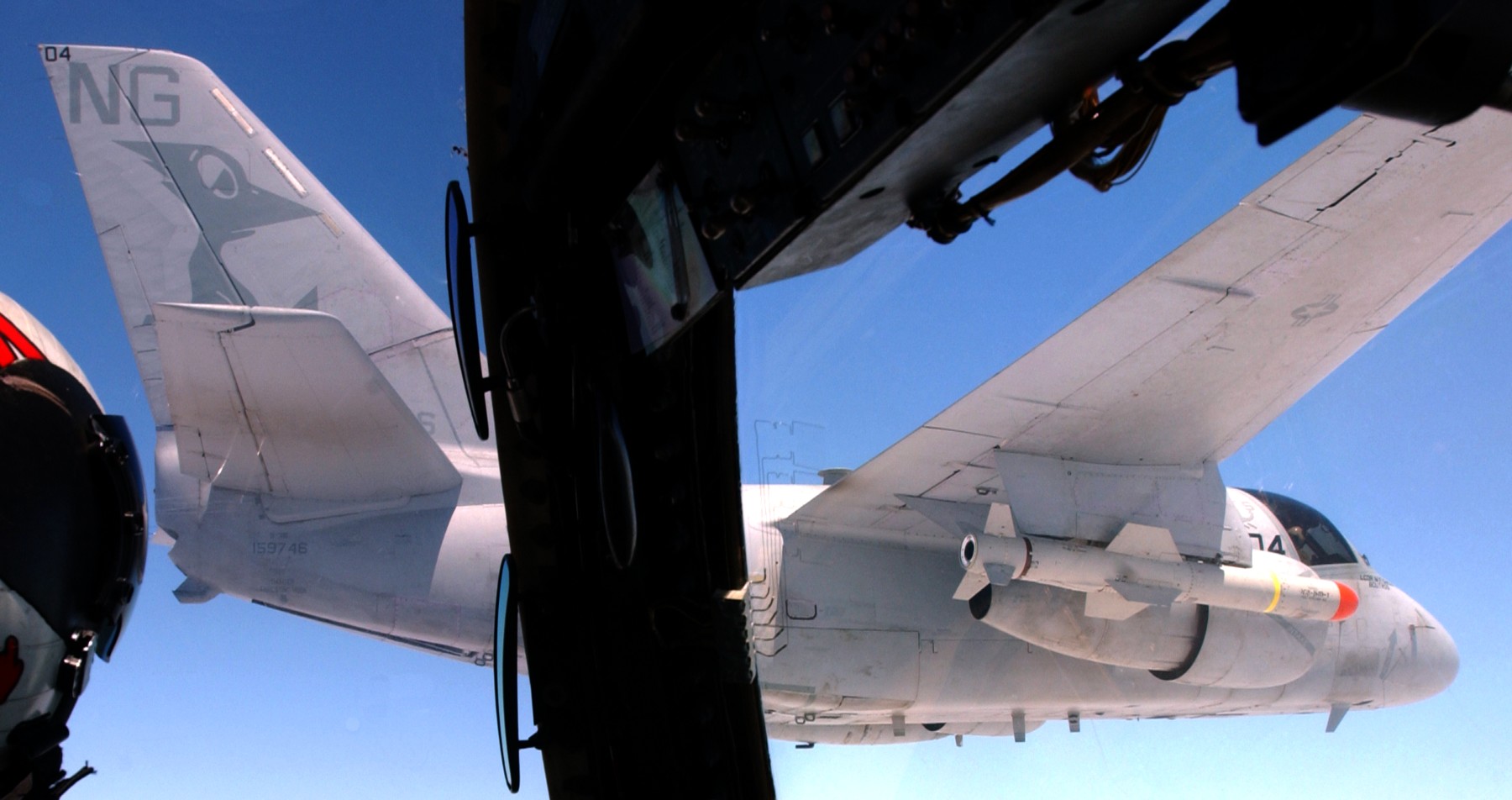 a S-3 Viking of Sea Control Squadron 33 'Screwbirds' (VS-33) was armed with a AGM-84 Harpoon SSM  excerpt from image above  a S-3 Viking launches an AGM-84 Harpoon missile 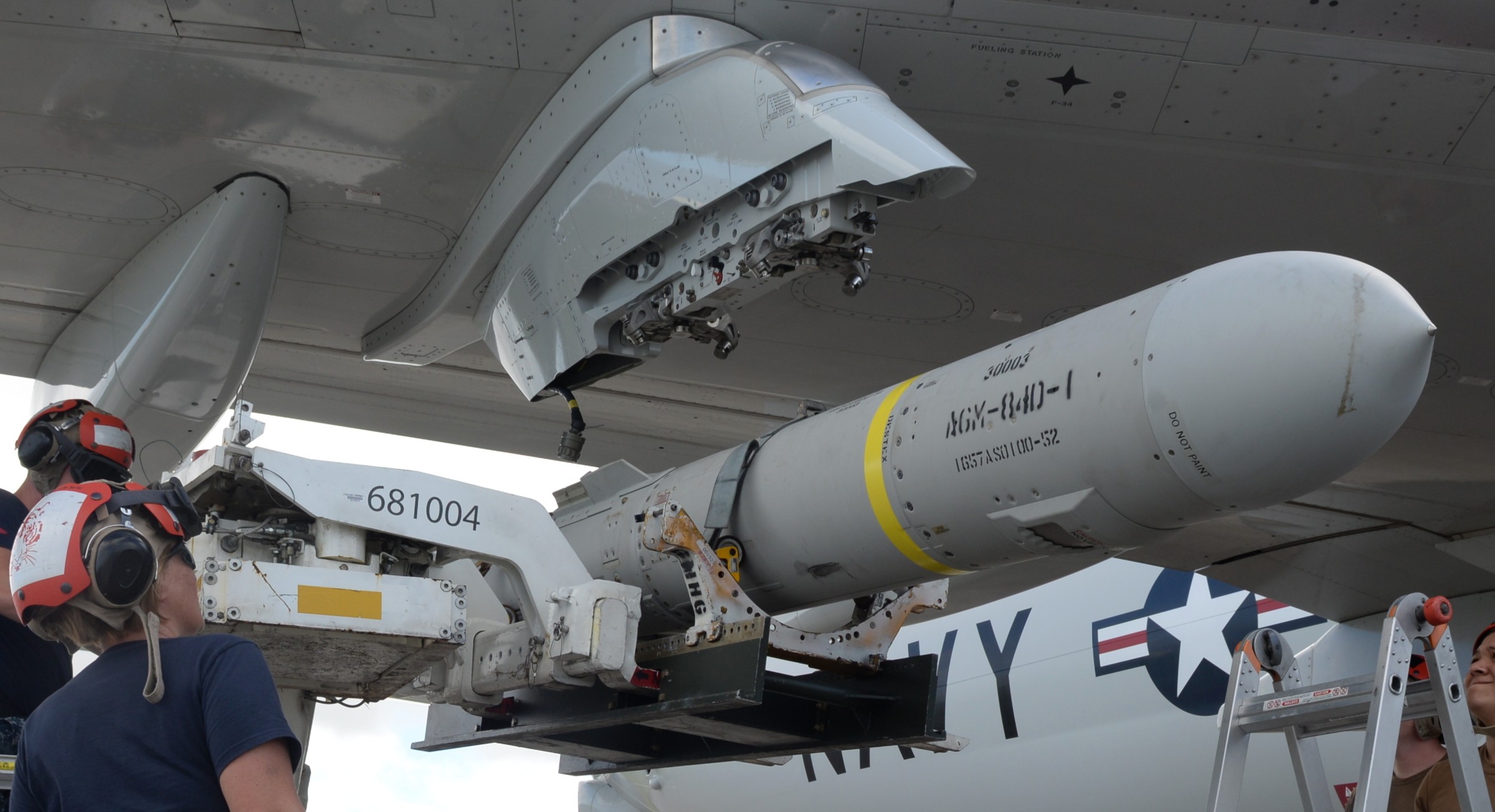 AGM-84D Harpoon SSM was loaded on a P-8A Poseidon patrol aircraft of Patrol Squadron 8 (VP 8)  AGM-84 Harpoon SSM was loaded on a P-3C Orion patrol aircraft of Patrol Squadron 5 (VP 5)  AGM-84D Harpoon SSM was loaded on a P-3C Orion patrol aircraft of Patrol Squadron 5 (VP 5)  ATM-84D Harpoon training SSM was loaded on a P-3C Orion patrol aircraft of Patrol Squadron 5 (VP 5) 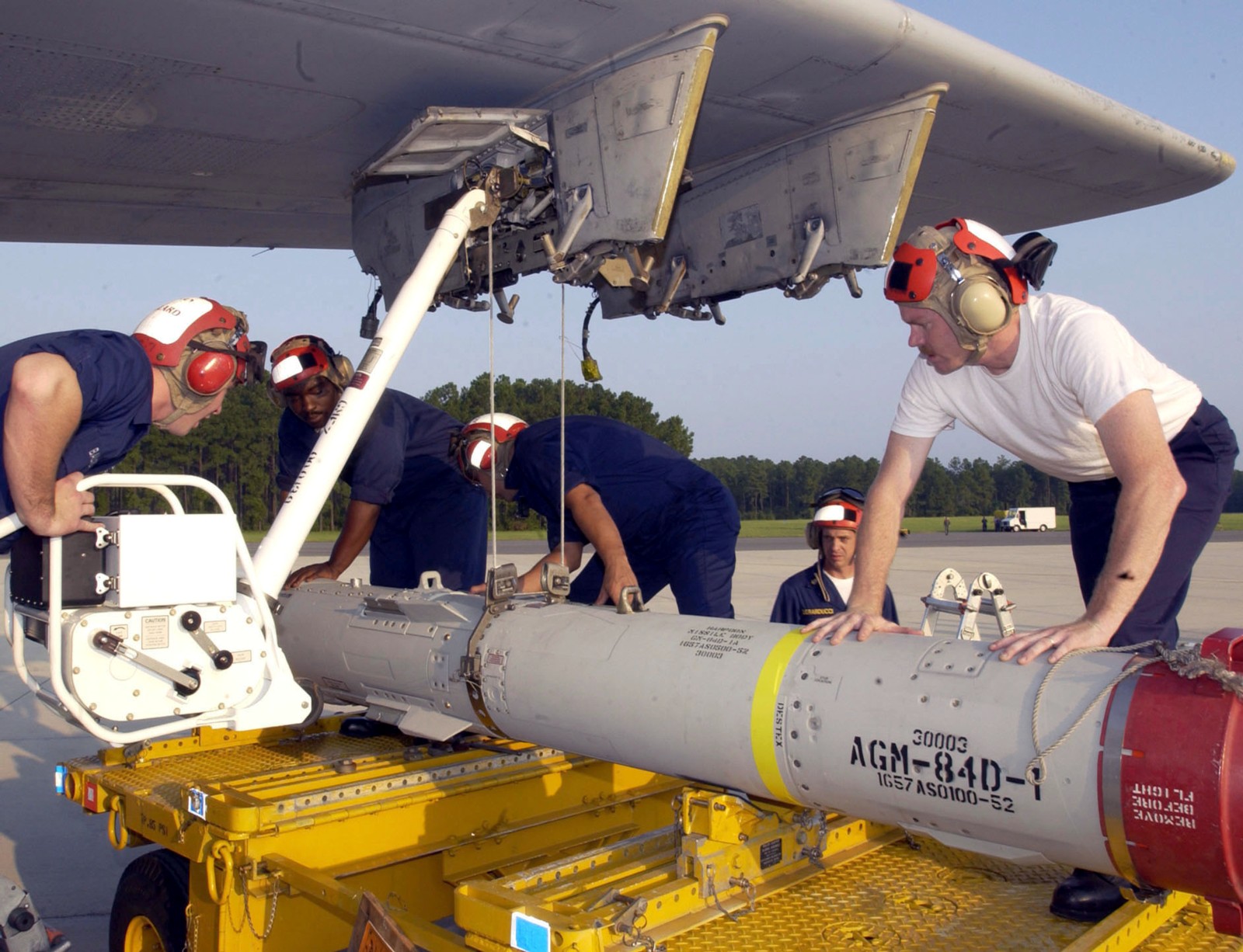 AGM-84 Harpoon SSM was loaded on a P-3C Orion patrol aircraft of Patrol Squadron 16 (VP 16)  AGM-84 Harpoon SSM's were loaded on a P-3C Orion patrol aircraft of Patrol Squadron 9 (VP 9) 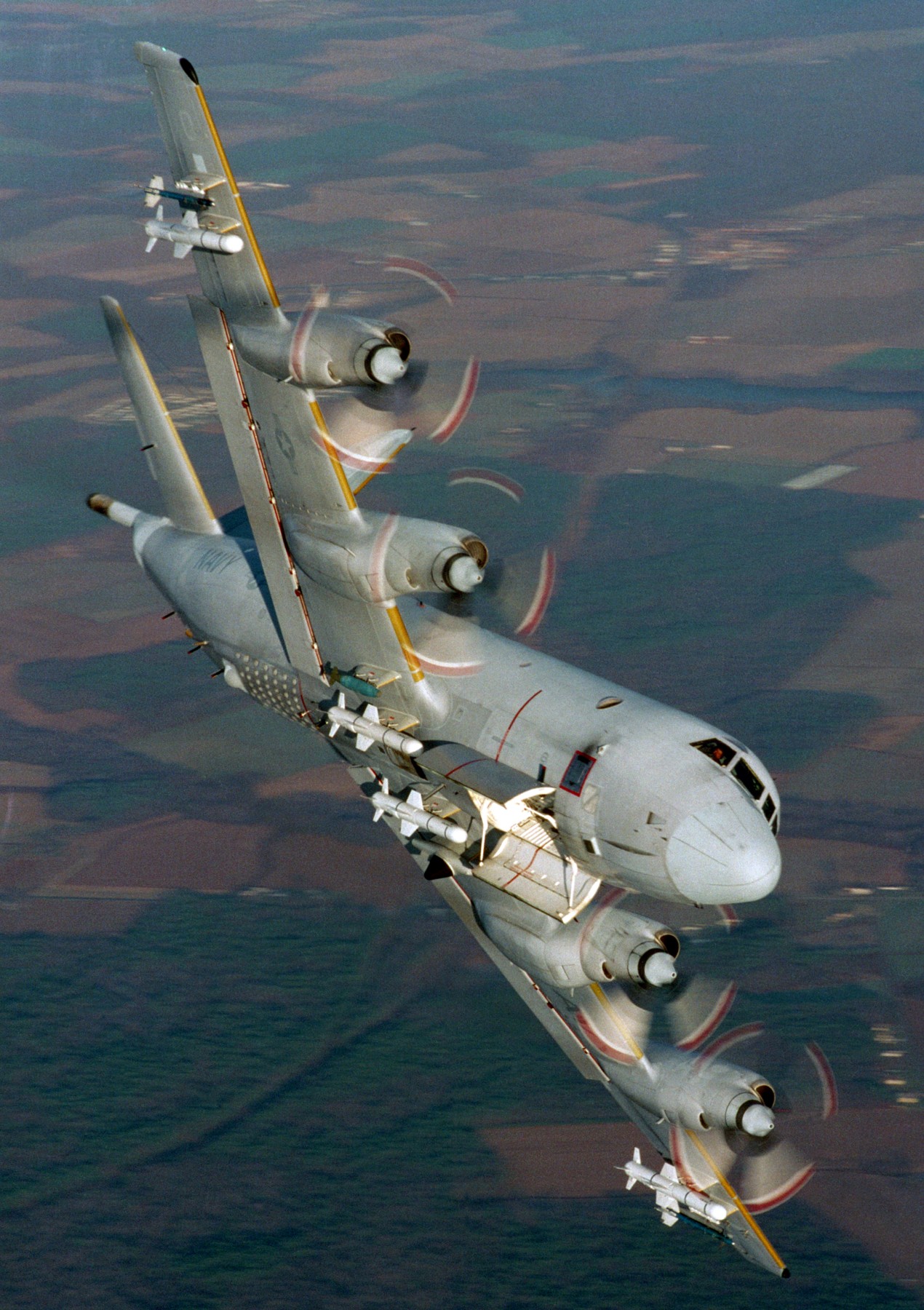 a P-3 Orion patrol aircraft was armed with four AGM-84 Harpoon SSM  an AGM-84 Harpoon missile was launched from a P-3 Orion 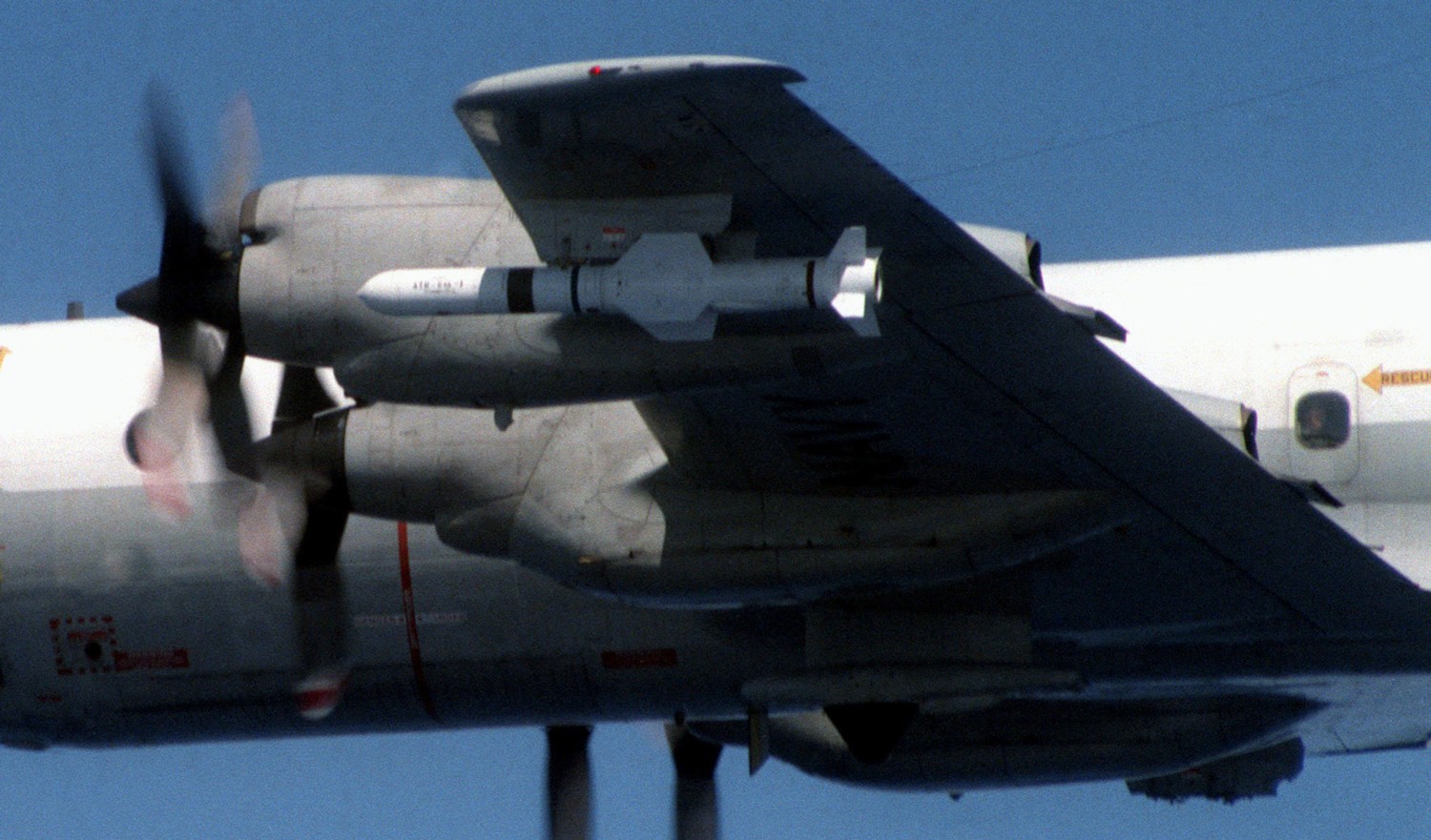 a P-3 Orion patrol aircraft was armed with an AGM-84 Harpoon SSM 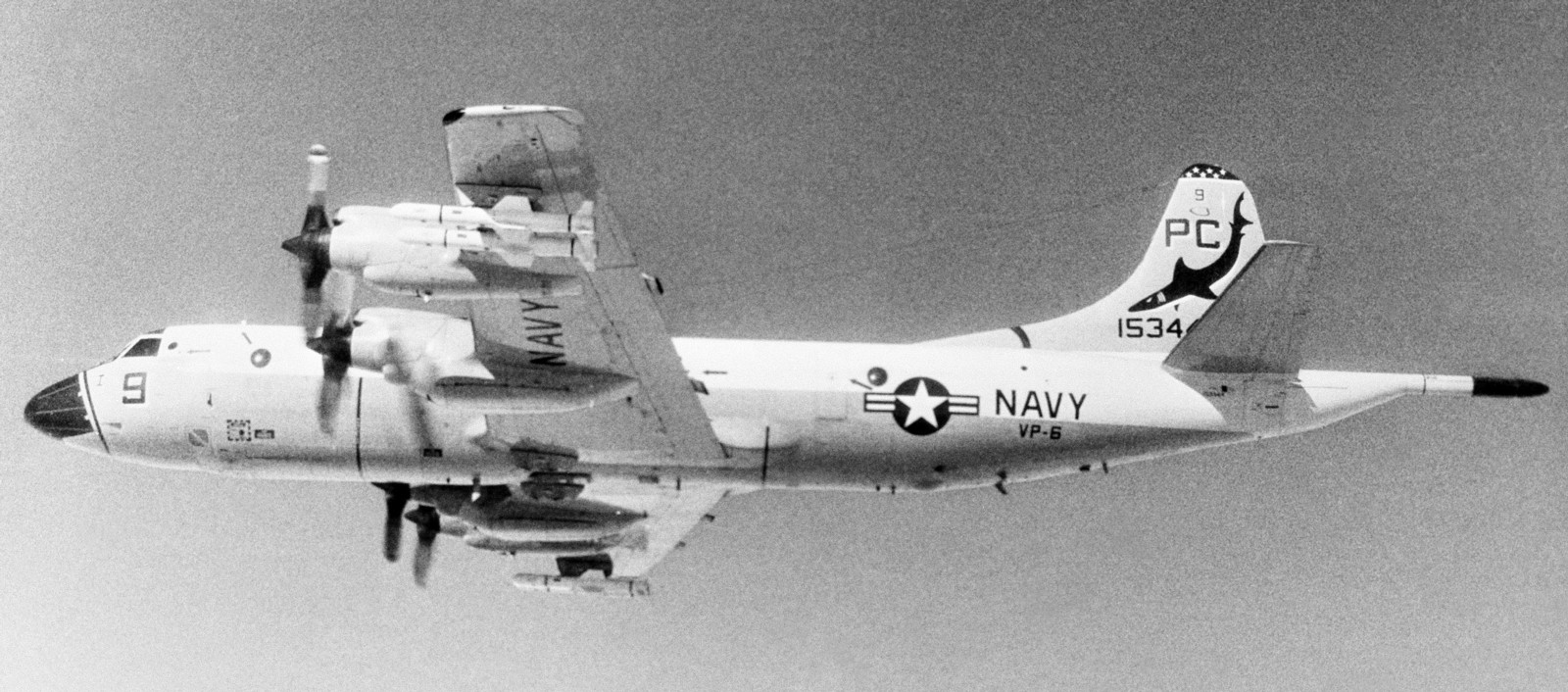 a P-3 Orion patrol aircraft was armed with four AGM-84 Harpoon SSM  ATM-84 Harpoon training missile was loaded on an USAF B-52G Stratofortress  ATM-84D Harpoon training missile was loaded on a P-8A Poseidon patrol aircraft of VP-30 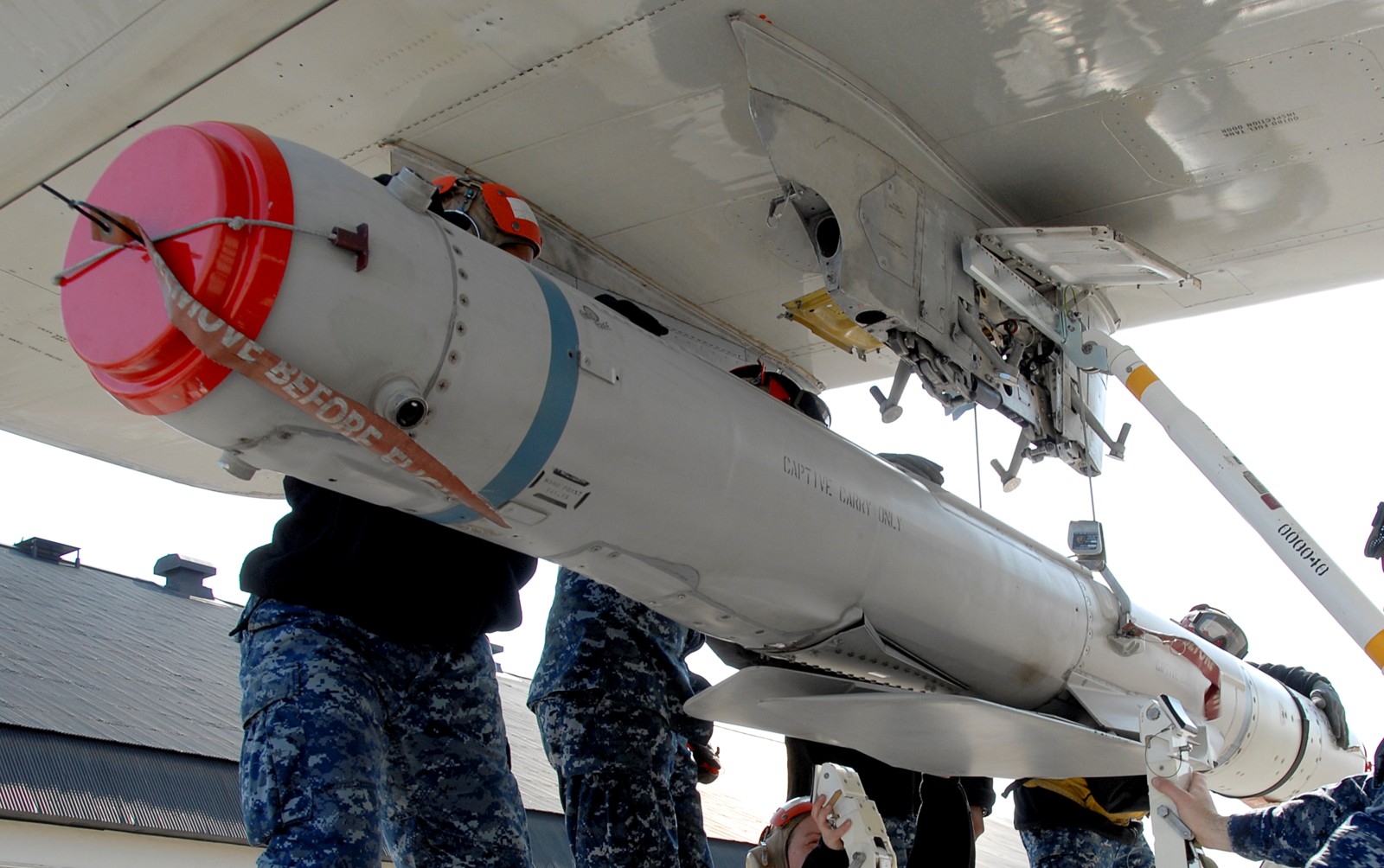 AGM-84K SLAM-ER missile was loaded on a P-3C Orion patrol aircraft of VP-1  AGM-84K SLAM-ER missile was loaded on a P-3C Orion patrol aircraft of VP-8 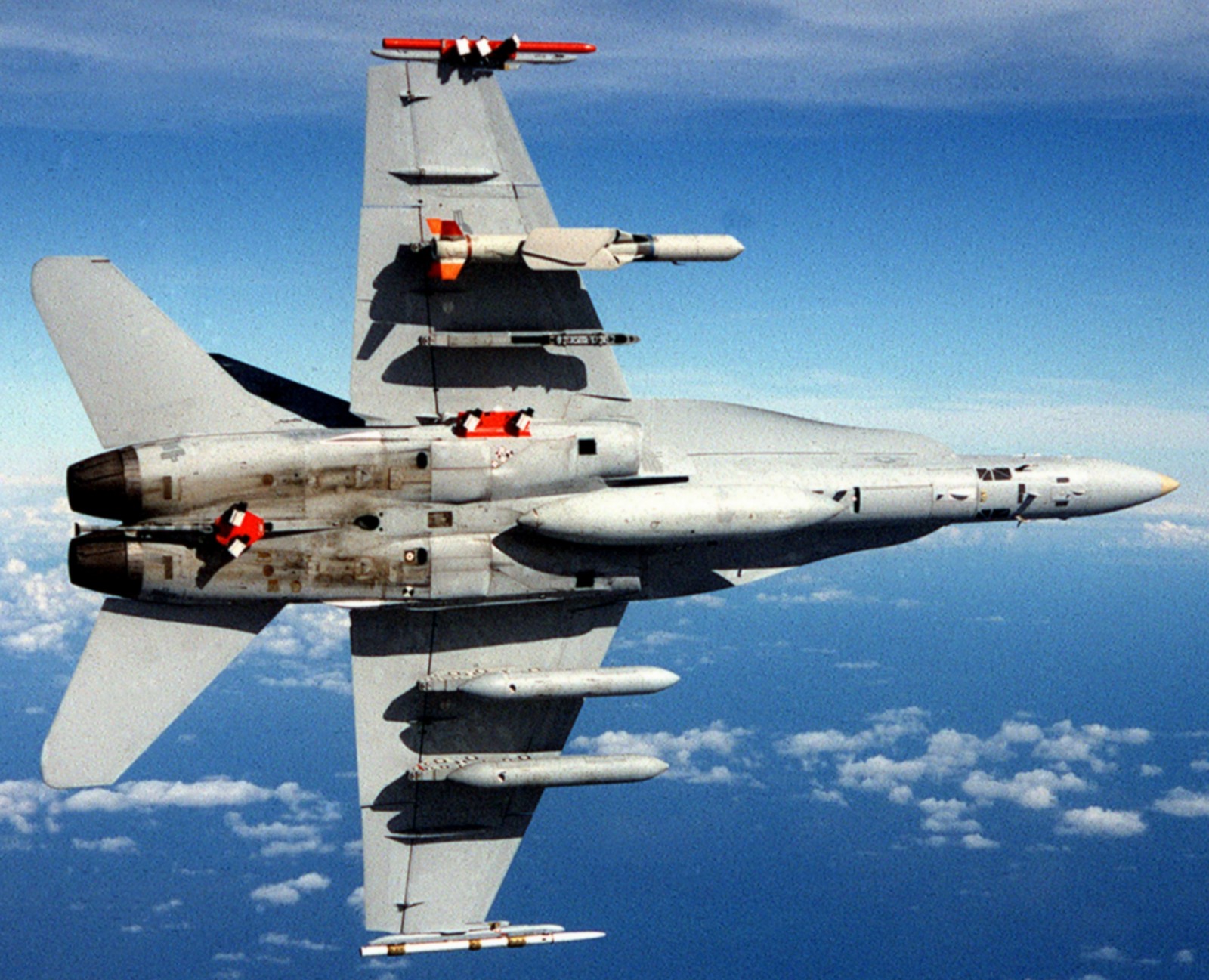 F/A-18C Hornet from Naval Air Warfare Center (NAWC) is equipped with an AGM-84 Standoff Land Attack Missile-Expanded Response (SLAM-ER) under the right wing and two AN/AWW-13 Advanced Data Link pods under the left wing |
|
|
seaforces.org
|
Weapon Systems
start page
| |
